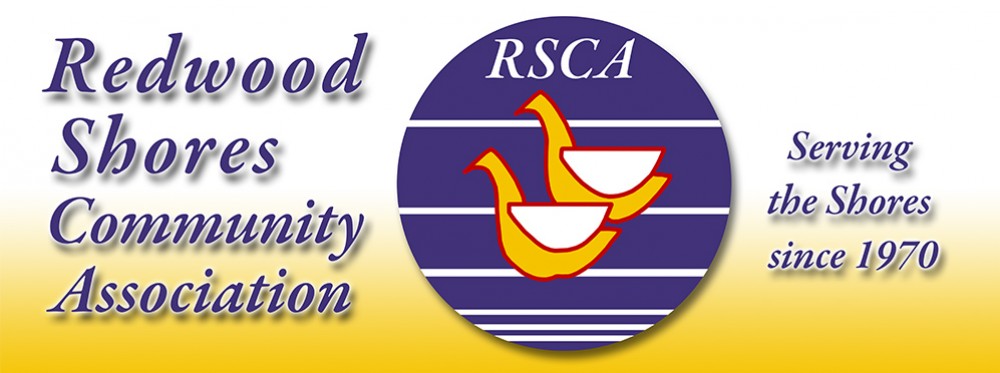The holidays are over…I’m sure many of you made resolutions for the New Year to lose some weight. I won’t ask you if you’re sticking to your resolution, but what about your animals? Do they need to lose some weight? Are you aware of the diseases and medical conditions that an overweight pet are susceptible to?
According to the Association of Pet Obesity Prevention’s website, slightly more than 51% of dogs and cats are overweight or obese. Risks of pet obesity include osteoarthritis, diabetes, high blood pressure, certain types of cancer and heart disease to name a few.
As consumers, we are subjected to the ads for the latest and greatest pet foods and pet treats on a daily basis. For some animals, even one treat a day can pack on those extra pounds! Now, I’m not bashing treats, there are some very good ones out there, but before you purchase another bag of treats stop and look at the ingredients! I recently came across a list of calorie counts for some of the more common dog treats. While not every treat had a high calorie count, I found some that were over 300 calories! Wow! If you give Fido one of those heavy calorie treats every day, the pounds will start showing before you know it.
So, what’s a person to do? Maybe it’s time to start increasing the number and length of Fido’s walks! I am not talking about a “stop and smell the roses” type of walk, but a walk where Fido is really moving!
If Fido isn’t used to power walking I suggest you start off gradually at first. The first 5 minutes could be the “stop and smell the roses” part of the walk, then do a 5 or 10 minute walk at a brisk pace, then slow the pace down. Over the next few days and weeks increase the length of time of the power walks. Hey, you might be surprised to find it’s helping you keep that New Year resolution as well!
Of course, any weight loss plan should be discussed with your vet first! And, always check with your vet, to rule out any medical conditions your dog may have that would make a power walk inappropriate.
— Jan Brown
— Jan is the Owner of Jan’s Pet Sitting & a Pet Tech Pet First Aid Instructor. She can be reached at
